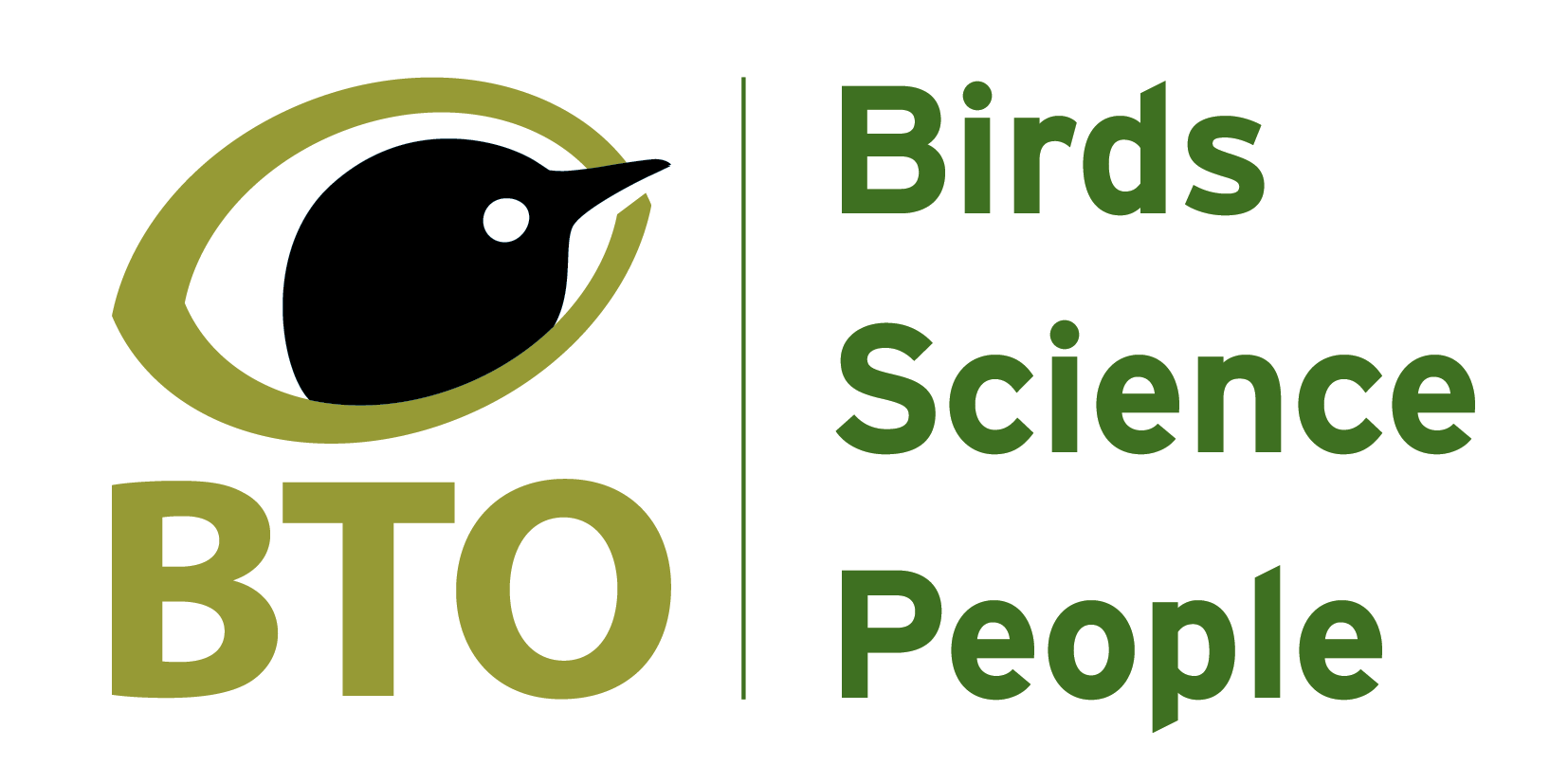Butterflies are uniquely placed amongst British terrestrial insect and other invertebrate groups to act as indicators of the state of the environment, allowing us to assess the impacts of climate change and the progress of government policy initiatives to conserve biodiversity.
Not only are butterflies biologically suitable as indicator species, having rapid lifecycles and, in many cases, high sensitivity to environmental conditions, but the recording and monitoring volunteer networks and datasets enable accurate assessment of their trends.
The United Kingdom Butterfly Monitoring Scheme (UKBMS) was formed by a merger of the long-running Butterfly Monitoring Scheme (BMS) with co-ordination of 'independent' transects (established in 1998). The UKBMS was launched in 2006 at the Royal Society, attended by the then Biodiversity Minister Barry Gardiner. Since 2009, the UKBMS has incorporated the Wider Countryside Butterfly Survey and there is a growing body of data from reduced effort methods.
Transect sites are located throughout the UK, covering 71 species, with trends reported on 58 of the 59 regularly recorded species.
The UKBMS mission is to assess the status and trends of UK butterfly populations for conservation, research and quality of life.
The objectives of the scheme are:
- To maintain and develop a network of transect sites in order to assess and interpret changes in the abundance and status of UK butterflies
- To encourage participation in recording butterfly transects by supporting volunteer recording networks
- To ensure a high level of quality assurance for butterfly transect data by development and promotion of standards, and by applying rigorous data validation and verification procedures
- To secure and manage transect monitoring data and provide access to academia, governments, industry and the public
- To advance knowledge in butterfly ecology through interpretation of transect monitoring data.
- To provide the scientific underpinning for solutions to butterfly conservation issues arising from and habitat and climate change
- To provide the knowledge base, including indicators of change, for government policies addressing environmental issues
- To promote public awareness and understanding of butterflies through communication of the results of the scheme.
Data are collected annually to monitor changes in the abundance of butterflies, using well-established data collection and analysis methods.
Results have been published in numerous research publications and reports.
The UKBMS is organized and funded by Butterfly Conservation (BC), the UK Centre for Ecology and Hydrology (UKCEH), the British Trust for Ornithology (BTO) and the Joint Nature Conservation Committee (JNCC).
The UKCEH role in the UKBMS is supported by the Natural Environment Research Council award number NE/R016429/1 as part of the NC-UK delivering National Capability.




